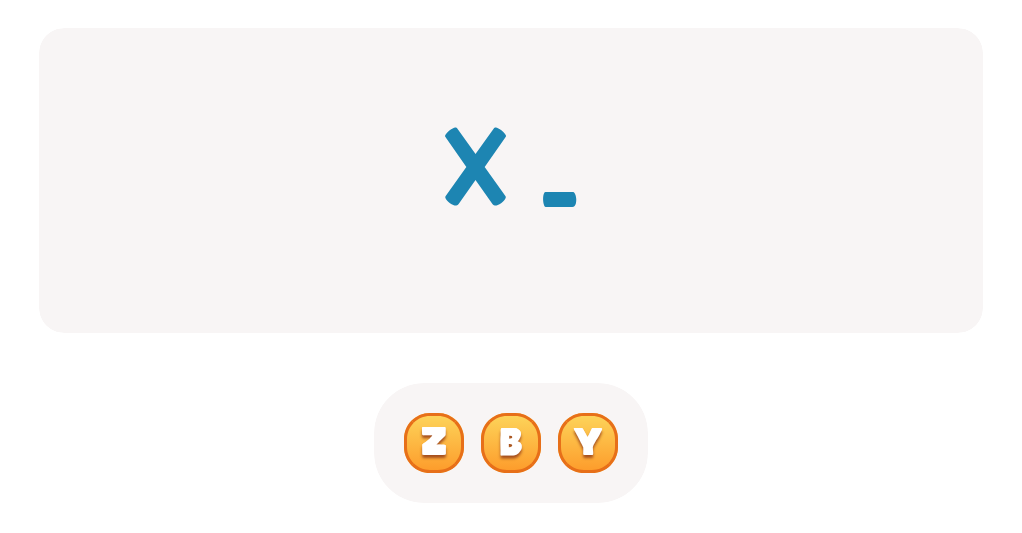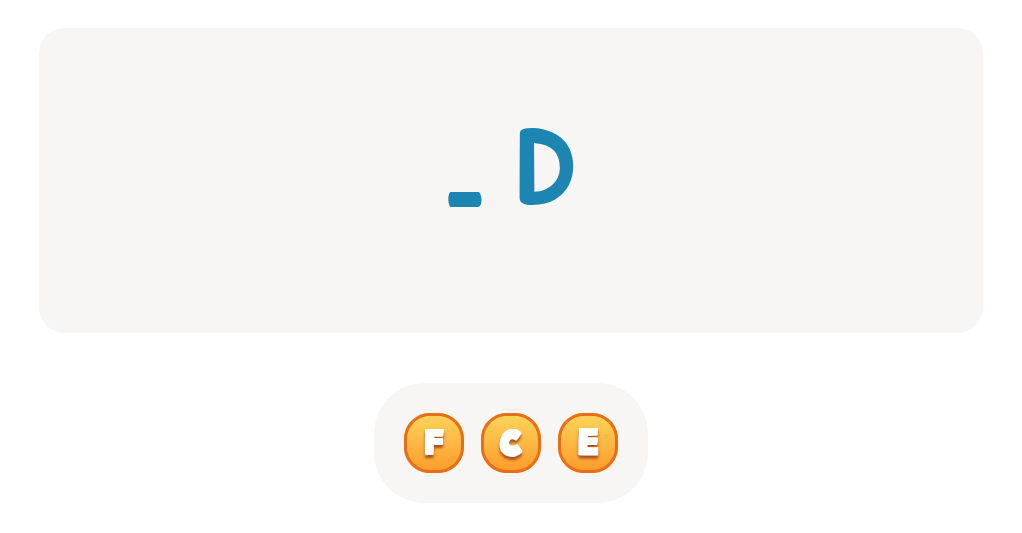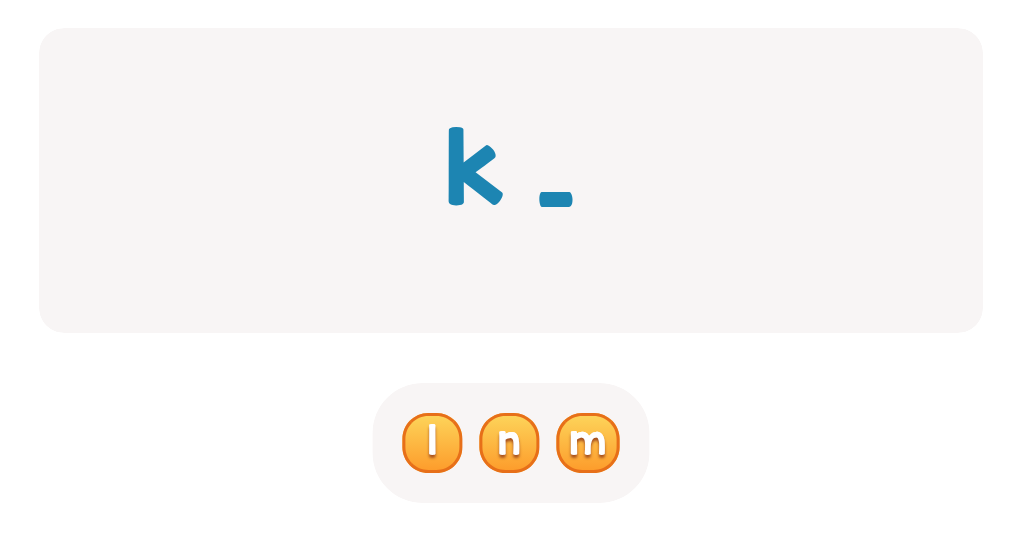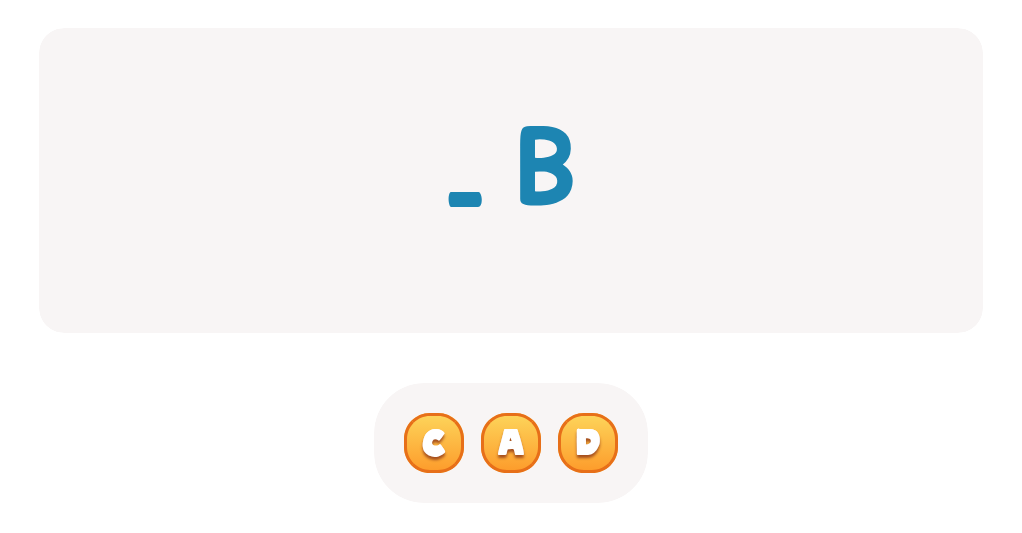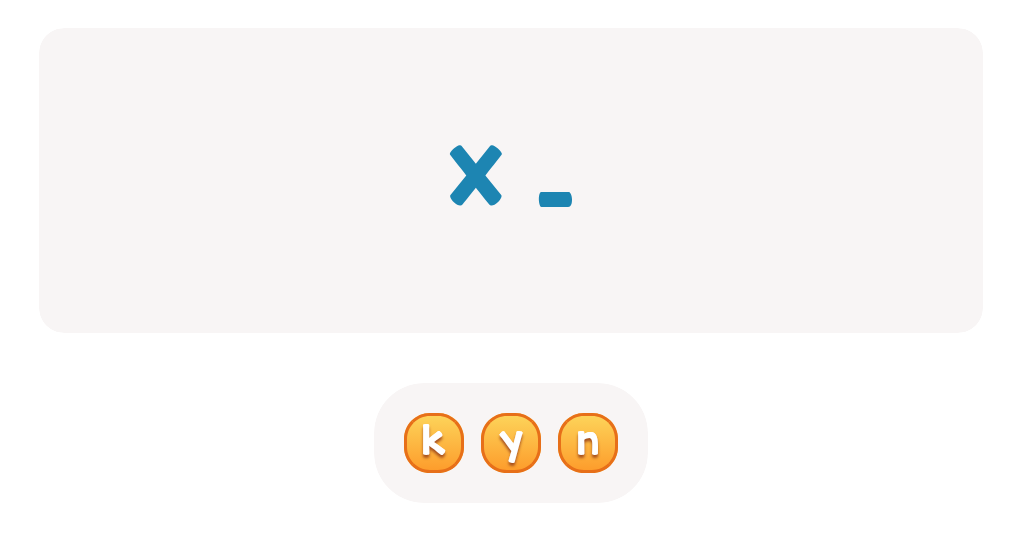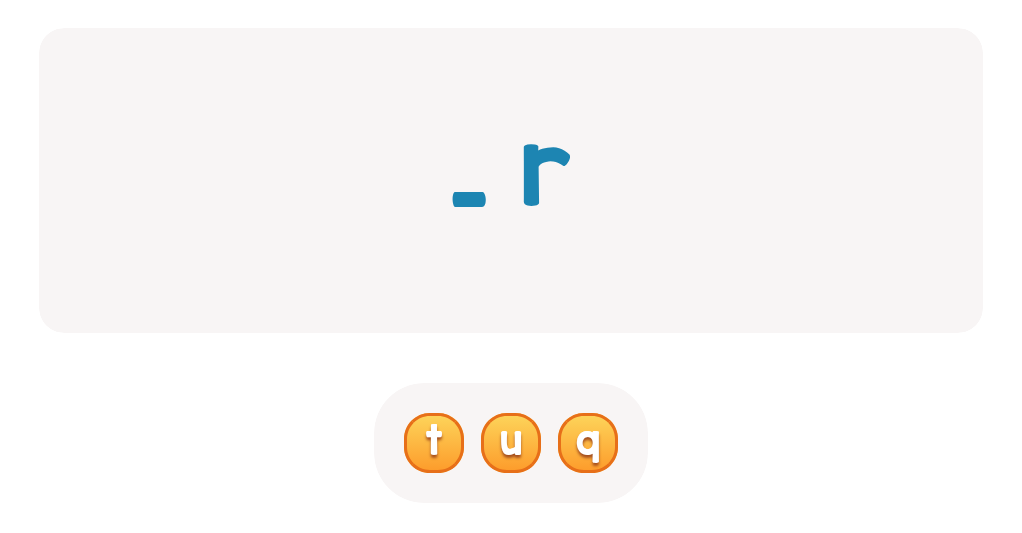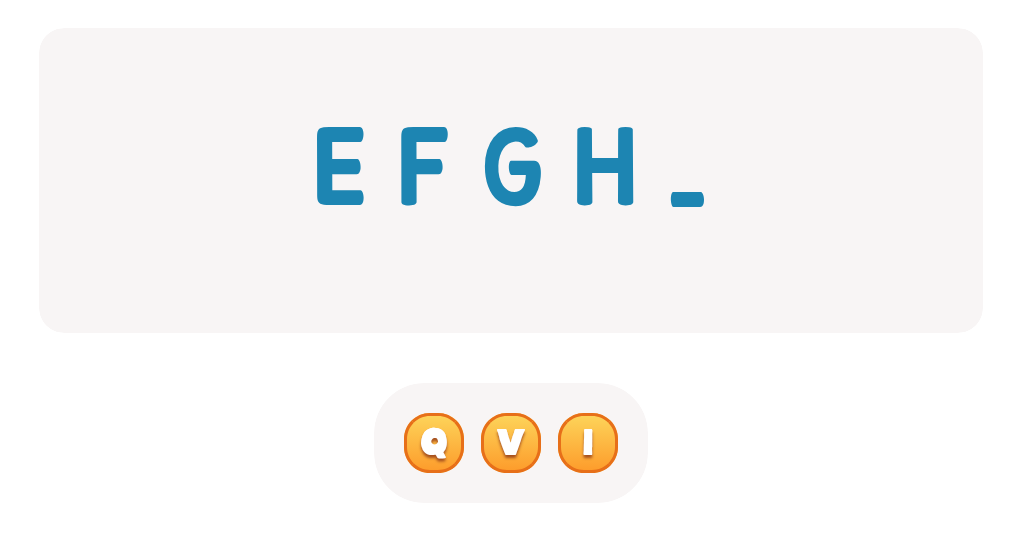Uppercase identification Upper & Lowercase Letters Worksheets for 6-Year-Olds
5 filtered results
-
From - To
Discover our engaging Uppercase Identification Worksheets designed specifically for 6-year-olds! These fun and interactive activities help young learners differentiate between uppercase and lowercase letters. Our worksheets enhance letter recognition skills, promote early literacy, and build confidence in reading and writing. Each worksheet features vibrant visuals and challenging exercises that keep kids motivated and eager to learn. Great for at-home practice or classroom use, these resources are perfect for reinforcing essential alphabet skills. Help your child succeed on their educational journey with our Uppercase Identification Worksheets! Explore our full collection today at Kids Academy and watch your little ones thrive in their learning!


Find Uppercase Letters Worksheet


Find Uppercase Letters J, K, and L Worksheet


Find Uppercase Letters A, B, and C Worksheet


Find Uppercase Letters V, W, X Worksheet
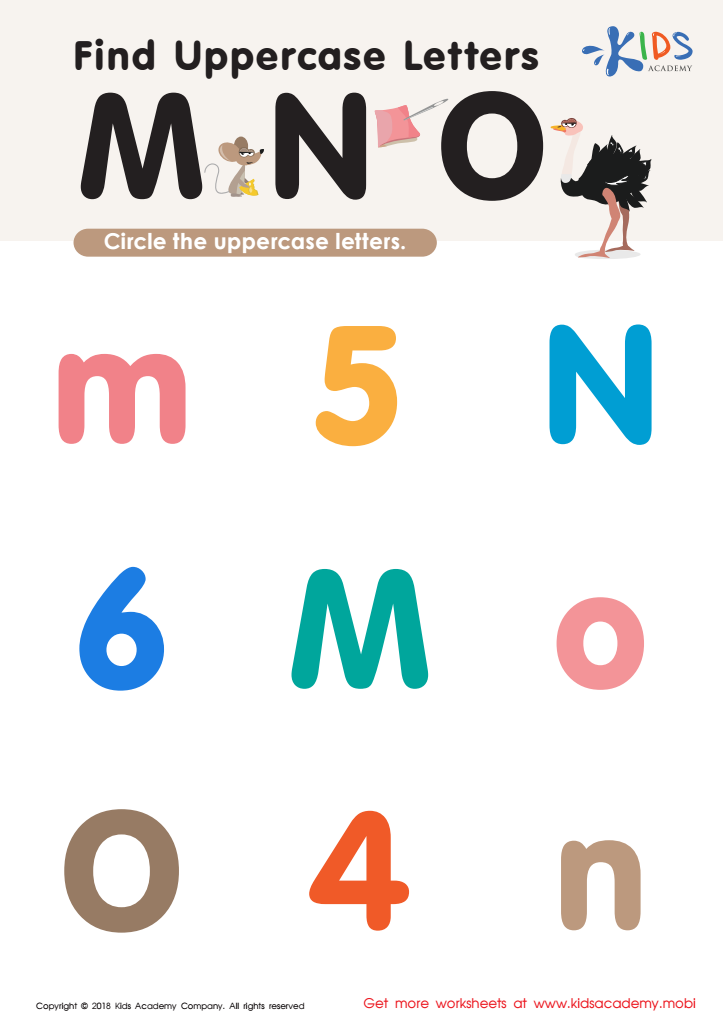

Find Uppercase Letters M, N, and O Worksheet
Understanding uppercase and lowercase letters is crucial for six-year-olds as they begin their literacy journey. Recognizing uppercase letters is vital, as they typically signal the beginning of sentences and proper nouns, which are fundamental concepts in reading and writing. Familiarity with these letters helps children form a solid foundation for reading comprehension.
Moreover, distinguishing between uppercase and lowercase letters supports spelling and grammar skills. As children progress in their writing abilities, knowing when to use uppercase letters becomes essential, helping to convey meaning accurately. For example, starting a sentence with an uppercase letter is a basic grammatical rule that reinforces their language skills.
Additionally, working with both types of letters enhances overall literacy development, aiding in word recognition and phonological awareness. These skills are interconnected and critical for later reading success. Engaging children in fun activities that involve identification, such as games and crafts, can make learning enjoyable and memorable.
Ultimately, parental and teacher involvement in this critical aspect of literacy not only supports academic growth but also fosters a love for reading and writing, setting the stage for lifelong learning. Supporting their journey with uppercase and lowercase letters is an investment in their educational future.
 Assign to My Students
Assign to My Students
